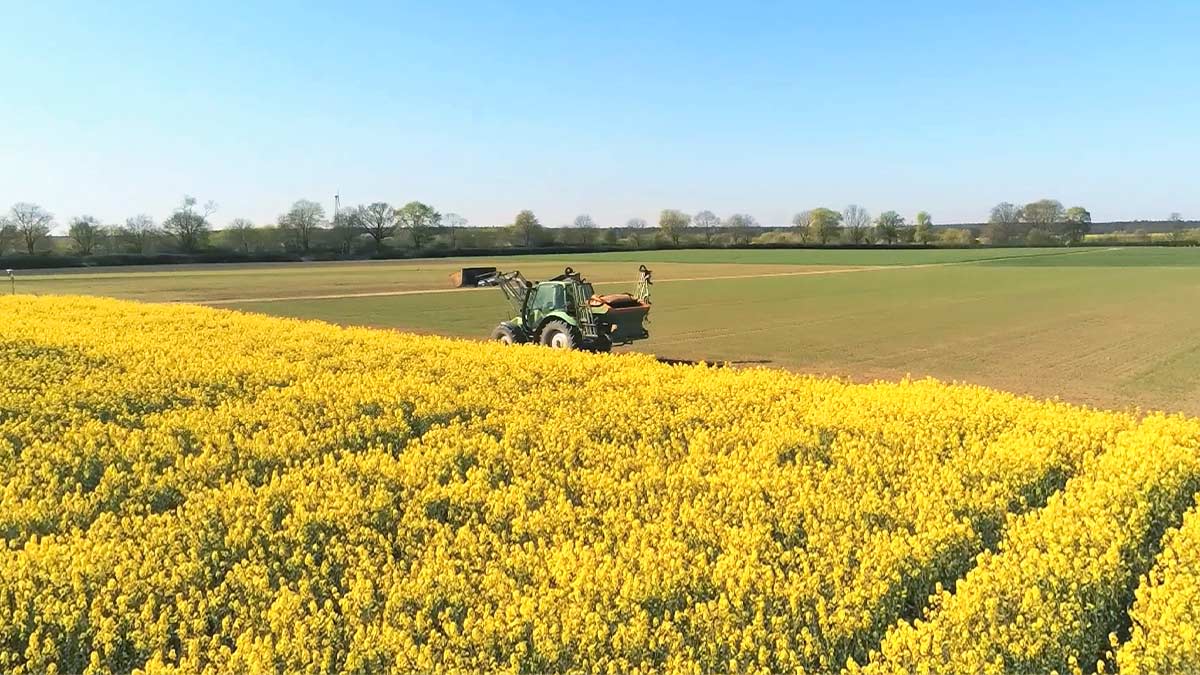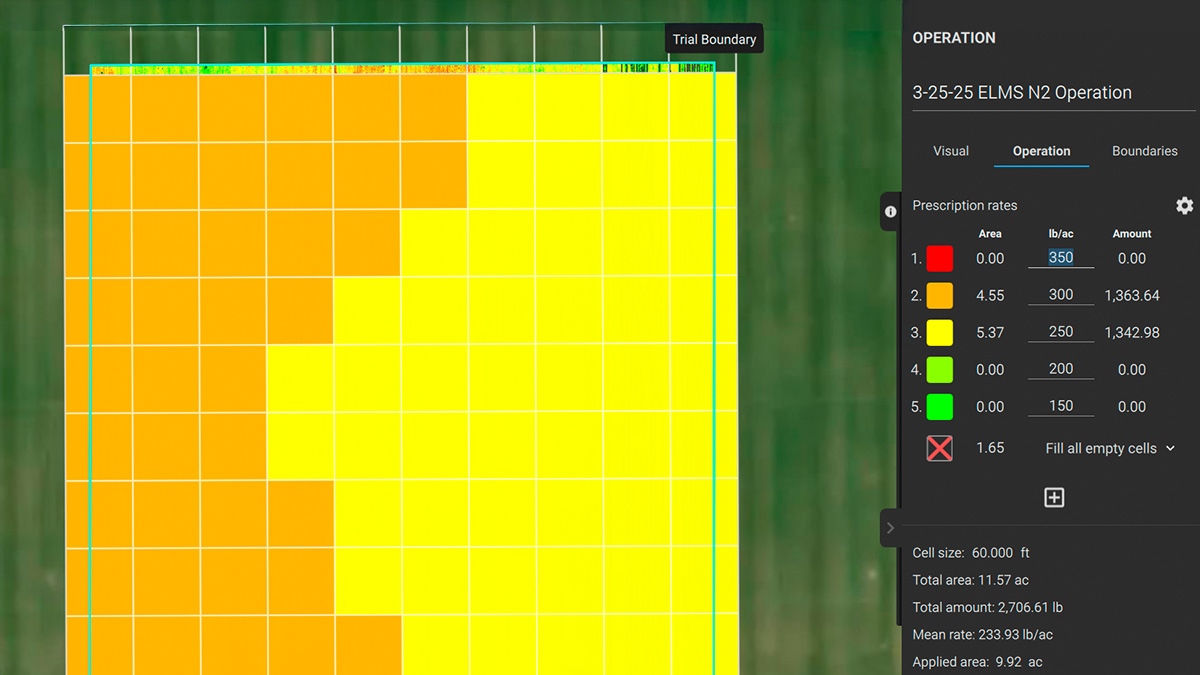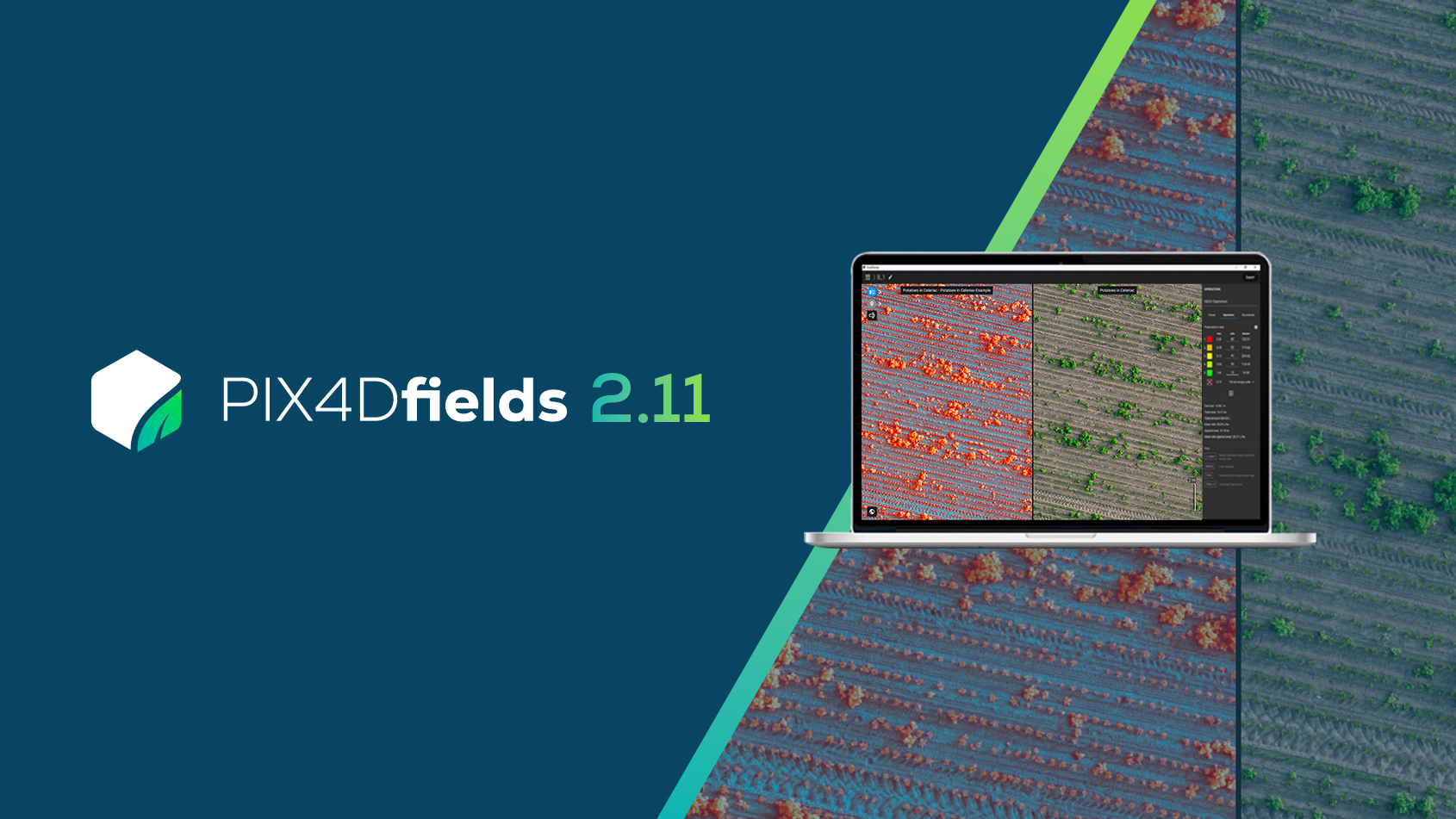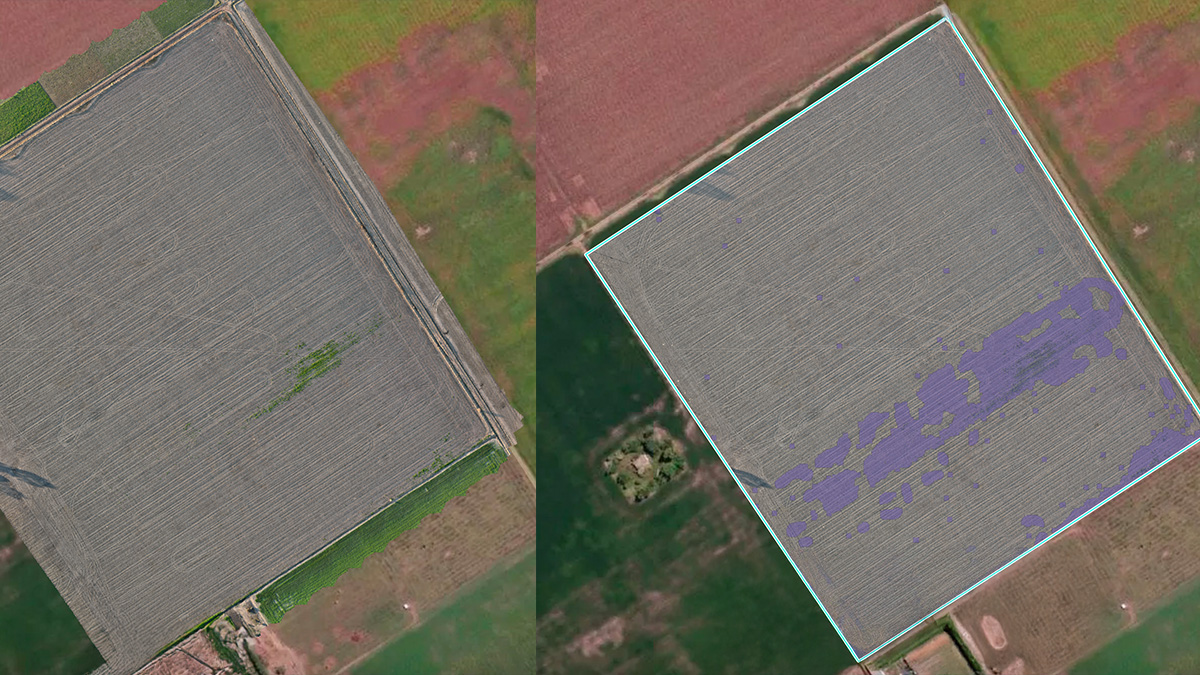Agriculture worldwide in times of uncertainty
Countries and regions worldwide have been experiencing various effects on their food systems and food production caused by the pandemic. However one thing is the same for all of them - agriculture and farming don’t stop. If anything, exploring and implementing remote sensing technologies in agriculture with drone mapping is a necessary step in bringing social distancing to the farm.
Pix4D: What is the importance of agriculture and farming in times of a global pandemic?
Alex Dinsdale, United Kingdom: In a sense, it’s no more or less important than it always has been – people still need to eat! There are currently plenty of challenges facing society as well as agriculture itself. Panic-buying, food distribution problems, breakdown of international supply chains, are all causing problems, and local food supply networks are rapidly developing to help deal with these challenges. Labour under- and over-supply throughout the food chain – from farm to processing, transport and retail - represents further significant challenges, as do supply and availability of farm inputs and component parts for machinery and food processing.
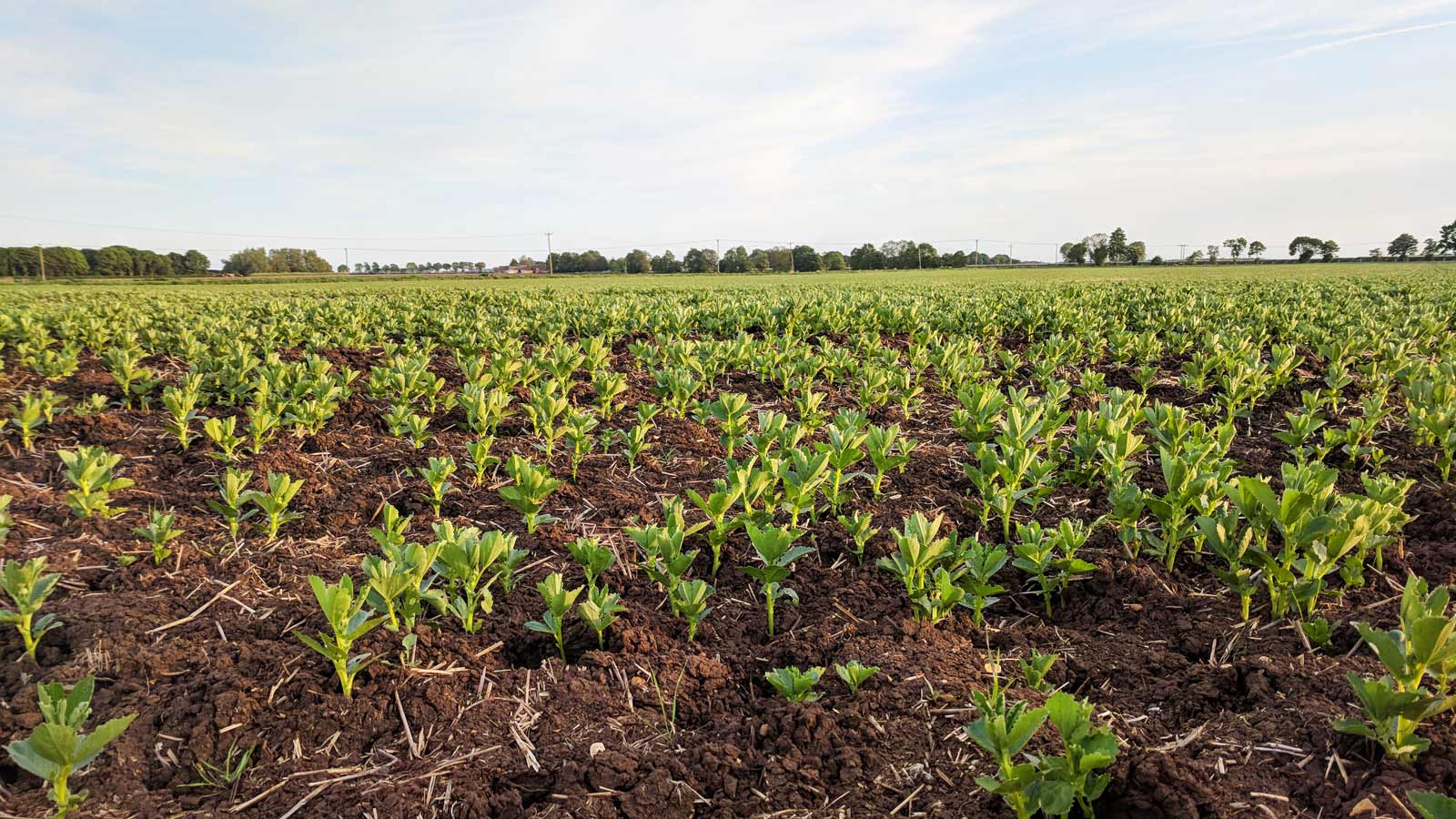
Alvaro Ruiz, Mexico: Agriculture continues to be very important because there are economic activities in countries that cannot stop as both lives and livelihoods are at risk from this pandemic. The disease is spreading rapidly and it’s no longer a regional problem, but a global problem that requires a global response. We also know that this shock is something out of the ordinary, as it affects important elements in both the supply and demand for food.
John Bampfylde, New Zealand: Suddenly fragmented supply chains and the threat of unreliable food supply has reinforced that farming is, indeed, an essential service. New Zealand farms and farm service suppliers have remained open during the nationwide lockdown.

Hands Free Farm
Jonathan Gill, United Kingdom: During the pandemic the whole world has come to realise the fragility and the massive energy expenditure of a globalized food system. Farming has always been something that somehow has been taken for granted, when food stoppages and panic buying changes easy access to food, the nation has looked back along the food chain to its source and paid more attention to farming.
Pix4D: Has anything changed in agriculture and farming recently because of the pandemic?
Chris Eglington, United Kingdom: Since the restrictions, my day-to-day working life on the farm has changed little - most of my working day I would have been self-isolating in any event, we have been more careful to keep steering wheels, door handles, et cetera disinfected and some of the products we buy and use have been more difficult to obtain. We already use a fair bit of “digital agriculture” within the business and I am sure that will continue to grow particularly if we get better broadband availability in rural areas. The pandemic has also highlighted how important that is.
Alvaro Ruiz, Mexico: In Latin America, the impact has so far been mitigated, but governments must take immediate measures to guarantee the continuity of food supply chains at the national and international levels. In order to mitigate the risk of major shocks that would have considerable consequences for everyone, especially for the poorest and most vulnerable population.

John Bampfylde, New Zealand: Firstly, farming is no longer a dirty word. People now appreciate that food does not actually come from a supermarket. And supermarkets have remained very well stocked throughout the lockdown, especially with fresh food. But New Zealand is a major food exporter and relies heavily on unskilled and sometimes imported labor for harvest. The shut down of international markets, ports, and closed borders have significantly increased the risk of farmers’ not being able to physically harvest their crop and then not being able to sell it. So at the same time, they are being seen as heroes in the country, they are facing some horrible challenges.
Alain Linard, Singapore: Consumers are turning more to local agriculture with the search for healthy products.
Pix4D: Why is digital agriculture important?
Alex Dinsdale, United Kingdom: Digital agriculture continues to provide opportunities for farm businesses to improve efficiencies, collect and use data for their benefit, and to reduce waste. These outcomes are no less important now, and, in fact, the challenges facing the food system due to COVID-19, together with the changes in agricultural and environmental legislation, and trade policy, post-Brexit, provide an ideal opportunity for farm businesses to take stock of their businesses and identify both where they want to get to, and how to get there as efficiently as possible. Making good – and considered – use of technology will help farmers to do this.
Franco Santoro, Chile: Digital agriculture increases its importance because it gives an opportunity to increase yield with less manual labor and keeping social distance, something absolutely vital during this pandemic.
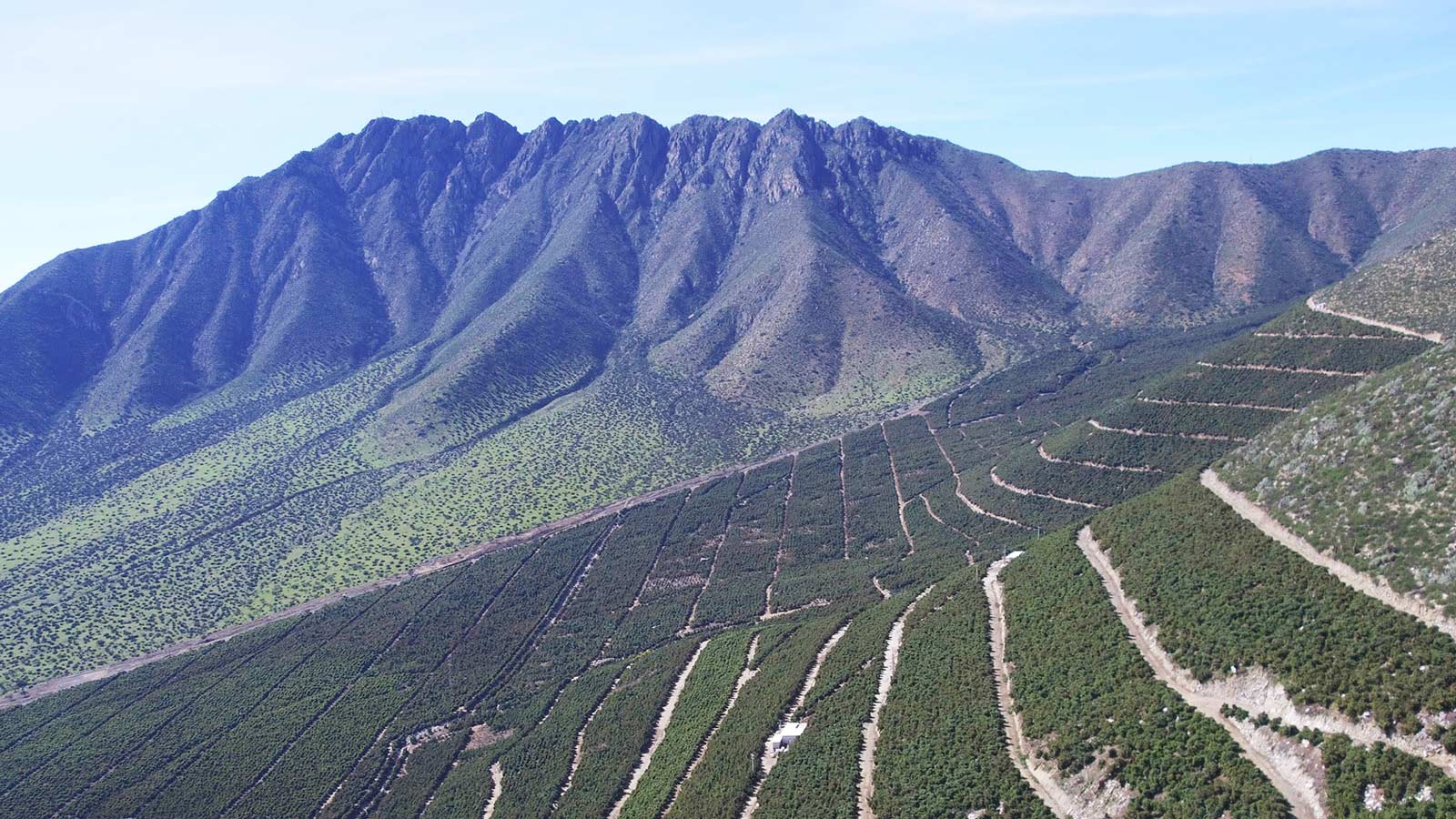
John Bampfylde, New Zealand: The usual reasons are increased yield and reduced cost, but there’s actually another one: increased accuracy of yield forecasts. By knowing how much is going to be produced from, let’s say, a portfolio of farms, a big buyer can schedule production more efficiently and can have more appropriate supply agreements in place with the farmer. Price and volume stability for both.
Alain Linard, Singapore: This is an excellent question, with this coronavirus crisis, we understand the need for new technologies to follow the evolution of the disease or if the measures are taken to affect the population. In agriculture, digitalization is a form comparable to our current demands faced with this crisis because it allows us to see a trend in our crops but above all to be able to act in time before it is too late.
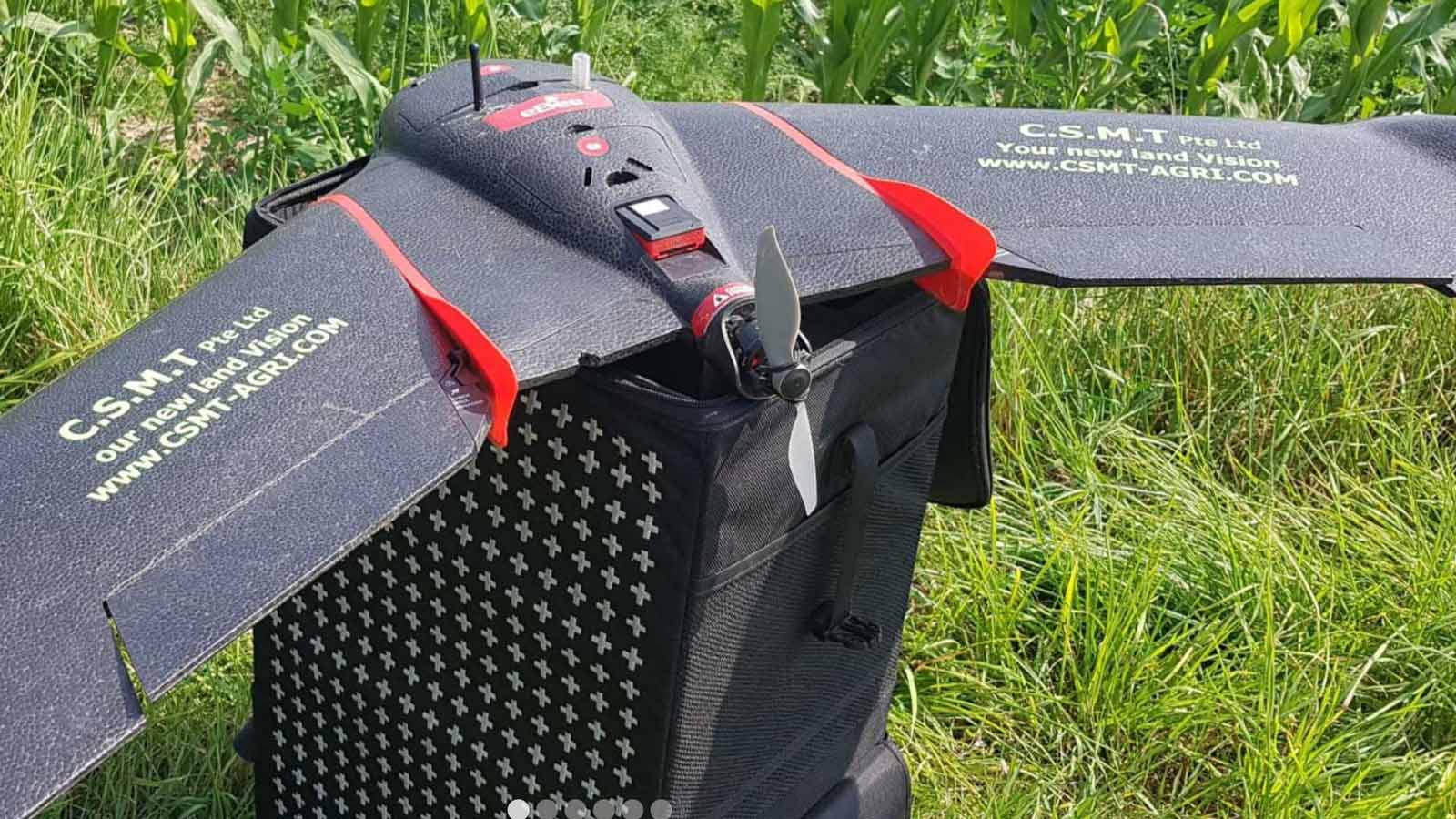
C S M T Pte Ltd
Jonathan Gill, United Kingdom: Digital Agriculture allows the economic evaluation of all field crops - through from before planting to harvest, gains of areas under productivity to the capability to spot trends and problems before standard agronomic methods. The digital agricultural movement has the drive to become more responsive and less wasteful in the tighter margins driven by a demanding consumer market which can be fickle with their buying trends due to the surge of social media and vogue trends.
Learn more in our exclusive webinar
Discover how to leverage and implement digital agriculture technologies in your workflows in our free webinar.
Pix4D: How does the drone industry serve the agricultural industry?
Alex Dinsdale, United Kingdom: Drones represent an important data gathering tool in crop production, including, for example in terms of helping address pest & disease problems. They can highlight the presence of problems which may not otherwise be seen; identify the location of such problems; map the extent of the problem; identify what the problem is and potentially treat the problem. All of this can be accomplished in seconds or minutes per hectare and it’s repeatable as often as is necessary. This can help individual farm businesses and their agronomists to understand and deal with problems in crops much more efficiently, and to target inputs far more cost-effectively.
Néstor Di Leo, Argentina: In several ways. Drones are crucial for the communication and information technologies in agriculture. Consumers, farmers, and agronomists are more connected between themselves and with what is happening in the fields while being able to maintain social distancing.
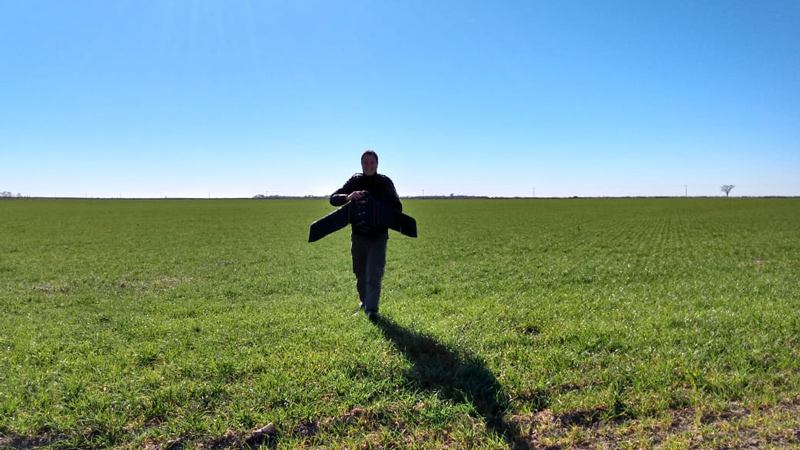
John Bampfylde, New Zealand: To clarify: a drone is just a machine that flies around collecting data according to a set flight plan. Being easy to use, though, we believe the drone ‘user’ must be near the fields. Traveling two hours to do a 30-minute survey doesn’t make sense, especially if the drone is cheap (as they mostly are). The main value of digital agriculture is the data: Digital farm data can be accessed anywhere, replicated at no cost, and can be used to create information (yields, health, stem count, water content, etc). That information is the value of the process and the drone is just a small part of it.
Alain Linard, Singapore: Drone acts as support - it must be efficient and easy to use because it will make it possible to follow various types of the sector such as industry, environment, and agriculture with a high frequency of monitoring. Understanding a situation cannot be done on one observation but several repetitions at a low cost.
Pix4D: What do you see as the greatest challenges in bringing digital technologies to the agriculture industry?
Chris Eglington, United Kingdom: We already use a fair bit of digital agriculture within the business and I am sure that will continue to grow particularly if we get better broadband availability in rural areas. The pandemic has also highlighted how important that is.
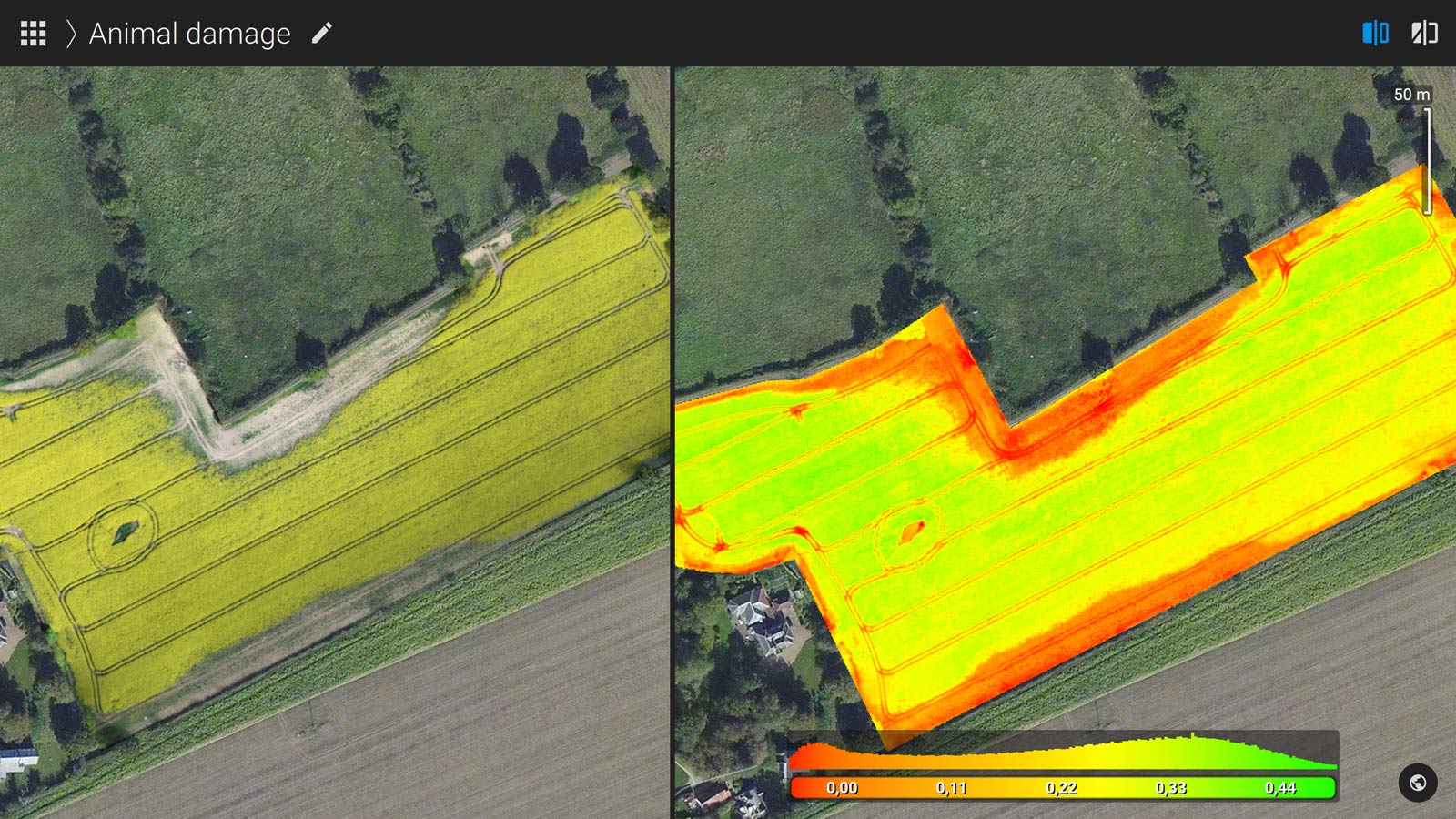
Franco Santoro, Chile: There is still a big distance between the knowledge of technicians related to the drone industry and the traditional agriculture knowledge. So, we need to be able to “translate” the information we are seeing in, for example, an NDVI map that can indicate what´s going on with that field.
Néstor Di Leo, Argentina: Farmers but also agronomists and managers have to be constantly updated about all that is coming in terms of drones, platforms, precision agriculture, and so on. This effort is pretty high and has to be recognized and promoted by the private sector that offers technological solutions and innovations.
John Bampfylde, New Zealand: 5G and wide area networks are making data movement easier across farms, but the challenge is the farmer being tech-savvy enough to see that digital is good for them. The average age of farmers is quite high - 50’s I think - making them a generation who weren’t brought up on computers. When they ask “what’s in it for me” as you try to sell them a farm survey, they need to see an immediate win. Usually, in these situations, it’s getting a regulator off their back. Farmers don’t have enough time to sit down and work through the strategic reasons for digital and why a simple drone-flown survey is the first step in a journey to doing farming better.
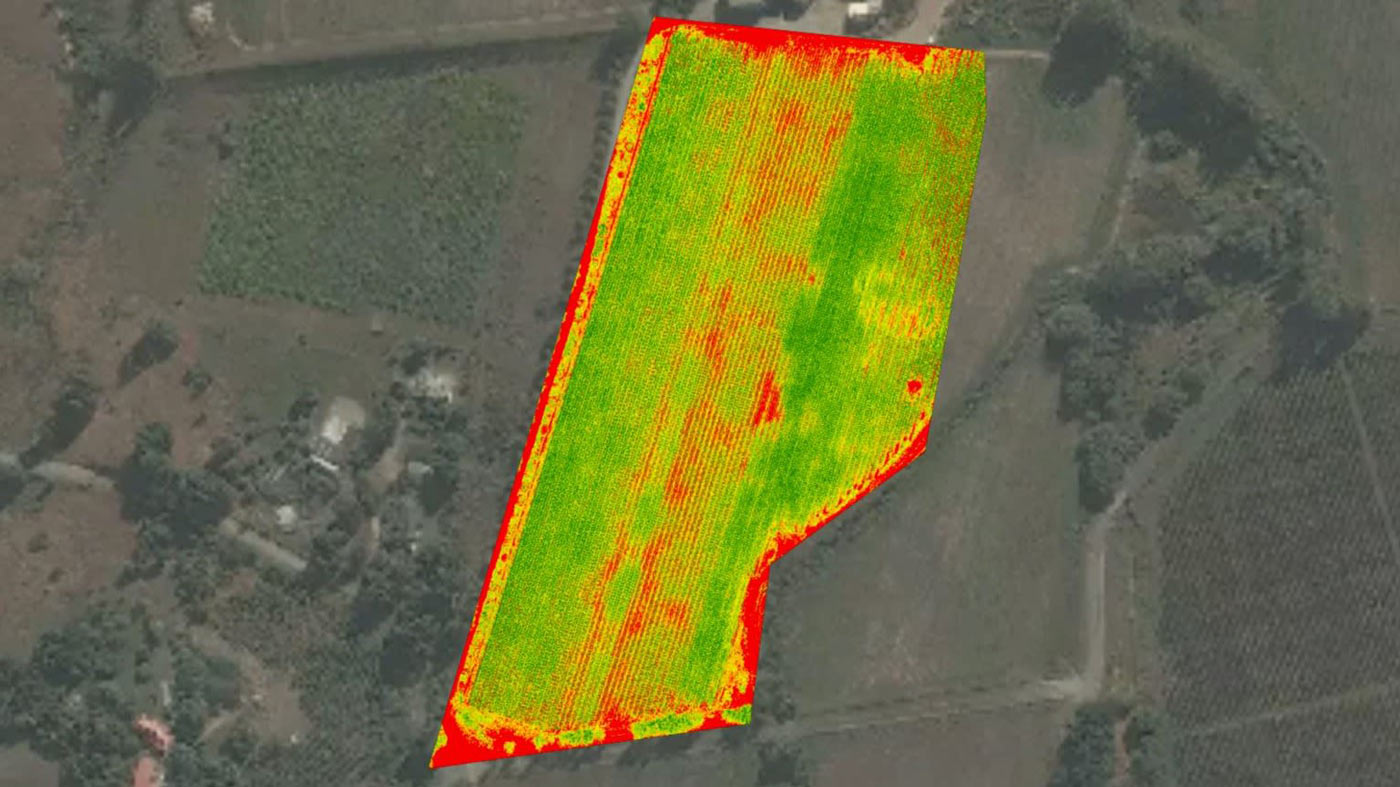
Alain Linard, Singapore: The biggest challenge is to change a mentality which takes time. I always make the comparison of human medicine with agriculture - we no longer imagine this one without the diagnoses like the scanner, x-rays, or others because we want a precise diagnosis and treatment.
Agriculture is no different. It's also life.
